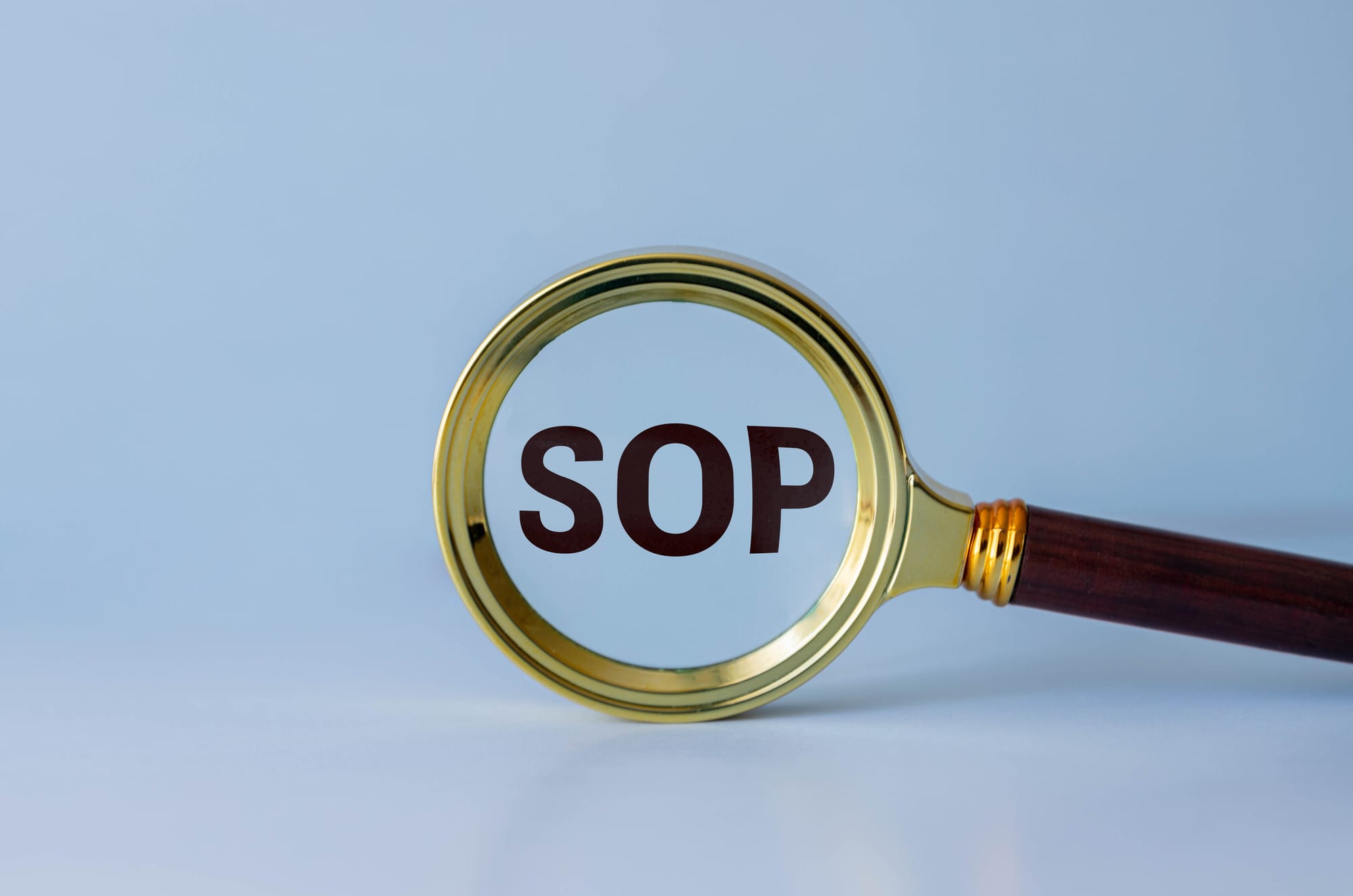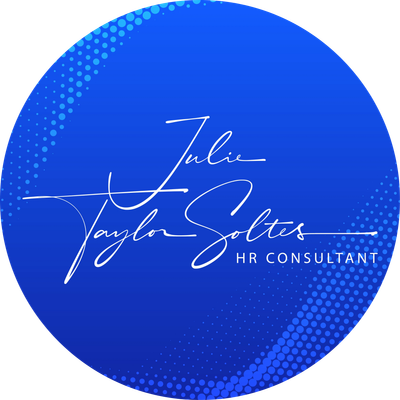How to Make SOPs User-Friendly (So Employees Actually Use Them)

Standard Operating Procedures (SOPs) are essential for compliance, consistency, and training — but too often, they sit in a binder or shared drive collecting dust. Why? Because they’re written like legal documents instead of practical guides. When SOPs are user-friendly, employees can follow them with confidence, managers spend less time re-explaining, and organizations see better consistency across teams. Here are five strategies to make your SOPs more effective and engaging:
1. Write in Plain Language
Ditch the jargon and write like you’re explaining the process to a new employee on their first day. Use short sentences, active voice, and everyday words.
✅ Example: Instead of “The employee shall ensure compliance with timekeeping procedures,” write “Clock in at the start of your shift using the timekeeping app.”
2. Use Visuals Wherever Possible
A picture (or flowchart) saves paragraphs of explanation. Screenshots, step-by-step checklists, and diagrams reduce errors and make SOPs faster to follow in real time.
3. Make Them Easy to Navigate
Break SOPs into bite-sized sections with clear headers. Use numbering, bullets, and white space so employees don’t feel like they’re reading a wall of text.
Pro tip: Add a quick-reference version — one page with key steps — that links to the full document for details.
4. Focus on the “Why” (Not Just the “How”)
Employees are more likely to follow procedures when they understand the reason behind them. A short note at the start of each SOP can explain the purpose.
Example: “This SOP ensures guest check-ins are smooth and accurate, helping us create a great first impression.”
5. Keep SOPs Living Documents
User-friendly SOPs aren’t “set it and forget it.” Review them regularly and update them when processes, technology, or regulations change. Even better — invite feedback from employees who use them daily.
A Tale of Two SOPs: Tuition Reimbursement Example
To show the difference between a compliance-heavy SOP and a user-friendly one, let’s look at the same topic written in two different ways.
Version 1: The Legalese SOP
Tuition Reimbursement Policy & Procedure
Pursuant to Company policy, tuition reimbursement shall be provided under the following guidelines:
- Courses eligible for reimbursement are defined as academic courses that are business-related or job-related and provided through an accredited educational institution. The Company expressly excludes from reimbursement seminars, certifications, trade schools, continuing education credits, conferences, travel, and lodging.
- Employees must be employed for one (1) year in a full-time capacity, not on disciplinary probation, and in good standing with favorable prospects for continued employment. Eligibility is further conditioned upon non-receipt of other educational funding, including the GI Bill of Rights, scholarships, or trust funds.
- Reimbursement is limited to $2,000 annually and $10,000 lifetime. Reimbursement applies only to tuition, registration, and laboratory fees, subject to a grade requirement of “B” or higher. No reimbursement shall be made for textbooks, housing, meals, internet access, deferred payment charges, or ancillary materials.
- Employees seeking reimbursement must submit the Tuition Reimbursement Request Form, along with supporting course descriptions, for prior approval from management and the Human Resources Department. Failure to obtain prior approval shall result in denial of reimbursement.
- Employees who resign within twelve (12) months of receipt of tuition reimbursement shall be liable for repayment in full of such reimbursement, subject to applicable law.
Version 2: The User-Friendly SOP
SOP: Tuition Reimbursement – How It Works
Purpose
We want to support your professional growth. This program helps pay for job-related education while you’re employed with us.
Who’s Eligible?
- Full-time employees who’ve worked here at least one year.
- In good standing (not on probation, consistently meeting expectations).
- Not receiving other financial aid or GI Bill benefits (unless those are fully used).
What’s Covered?
- Up to $2,000 per year, with a lifetime cap of $10,000.
- Tuition, registration, and lab fees only.
- Reimbursement depends on your grade:
- A = 100% reimbursed
- B = 75% reimbursed
- C or lower = not reimbursed
Note: Books, travel, meals, and housing are not covered unless the company specifically assigns the course.
How to Apply
- Fill out the Tuition Reimbursement Request Form.
- Attach the course description.
- Get approval from your manager and department head.
- Submit to HR for final approval before the class begins.
- HR will confirm approval with you.
After the Course
Within 30 days of completing your class, submit to HR:
- Proof of payment (receipt).
- Final grade (must be a B or higher).
Important to Know
- If your course was assigned by management, all costs (including books) are covered up front.
- If your job is eliminated before you finish, you’ll still be reimbursed.
- If you resign within 12 months of reimbursement, you’ll need to repay the amount.
Why This Matters
Both SOPs say the same thing — but only one feels like it was written with the employee in mind. The user-friendly version is shorter, easier to follow, and directly answers the questions employees actually have: Am I eligible? How much is covered? What do I need to do?
By shifting from legalese to plain language, you make policies like tuition reimbursement a benefit people actually want to use.
If you need help with your SOP's, or you would like a review, please use the let us know. We are here to assist.
